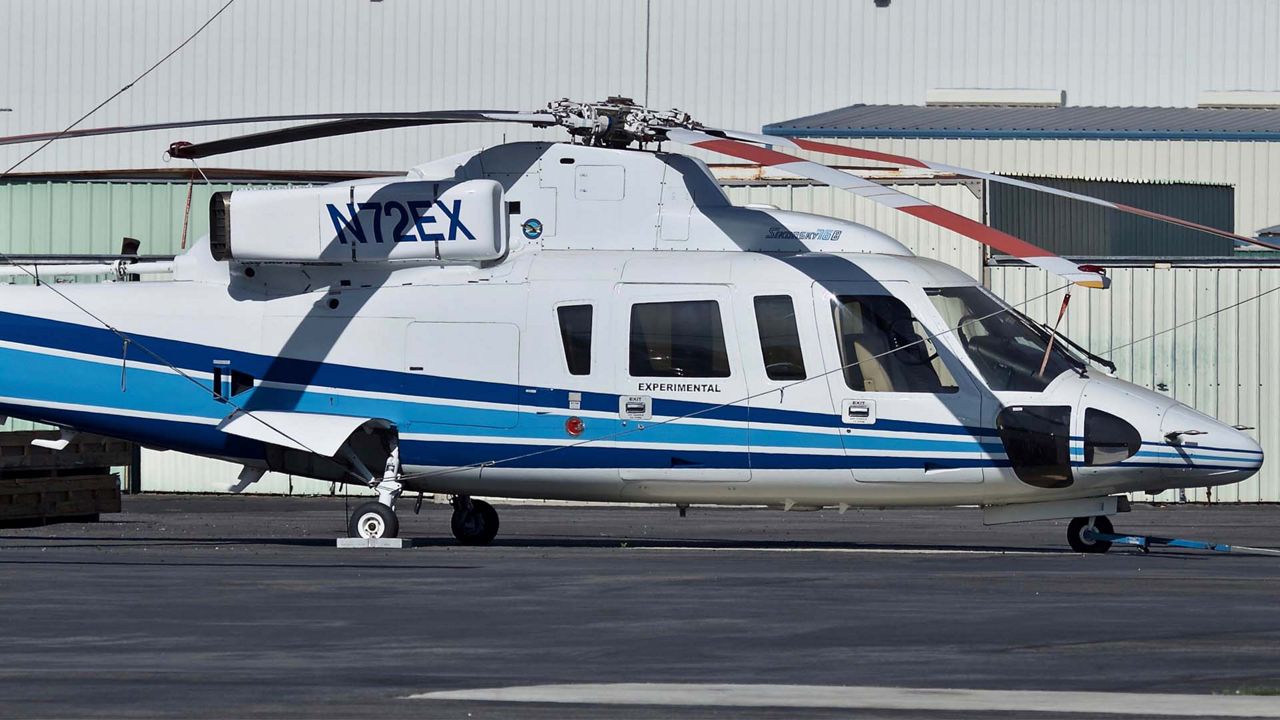CALABASAS, Calif. — A preliminary investigative report issued by the National Transportation Safety Board on Friday revealed that engine failure was not a factor in the January 26 helicopter crash that killed Kobe Bryant and eight others.
According to the NTSB update, the helicopter, a Sikorsky S-76B, "collided with hilly terrain and was destroyed by impact forces and fire." The pilot and eight passengers, including Bryant and his daughter Gianna Bryant, were fatally injured as a result of the crash, which occurred in the hills near Calabasas.
RELATED | Could a Terrain Awareness System Have Prevented Bryant Copter Crash?
The helicopter, which was operated by Island Express Helicopters Inc., was on an on-demand passenger visual flight rules flight from John Wayne-Orange County Airport in Santa Ana to Camarillo Airport.
All of the helicopter's significant components were located within the wreckage area and an examination of the main and tail rotor assemblies found damage consistent with powered rotation at the time of impact.
The fuselage, cabin, and both engines were subjected to a postcrash fire. The engines were found lying inverted in the burned area. Sections of the engines that were viewable showed no evidence of an uncontained or catastrophic internal failure. According to the report, "the No. 2 engine first-stage compressor blades exhibited tip curl in the direction opposite of the rotation, consistent with powered rotation at the time of impact."
The weather on the morning the crash occurred was overcast and the report states that "videos and photos taken by the public in the area of the accident also depict fog and low clouds obscuring the hilltops."
The report also recounts an eyewitness account who said "he began to hear the sound of a helicopter, which he described as appropriate for a helicopter flying while in a powered condition. He perceived the sound getting louder and saw a blue and white helicopter emerge from the clouds passing from left to right directly to his left."
The witness reportedly judged it to be "moving fast, traveling on a forward and descending trajectory." The witness watched the helicopter roll left, catching a glimpse of its underbelly. He observed it for one to two second before it impacted into the terrain about 50 feet below where he was.
According to a press release that accompanied the report, the information in the update is "preliminary and subject to change as the NTSB's investigation progresses."



